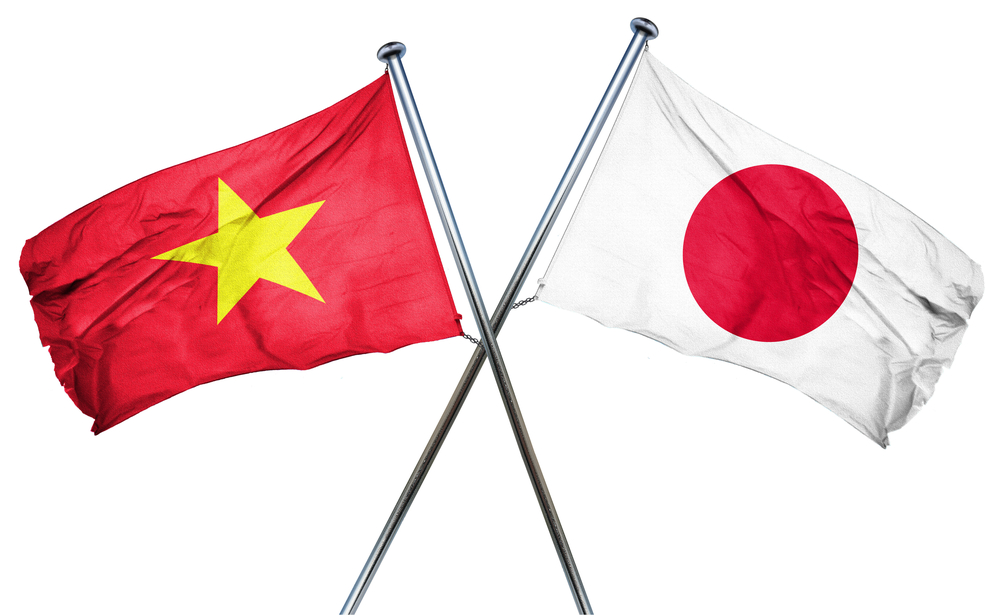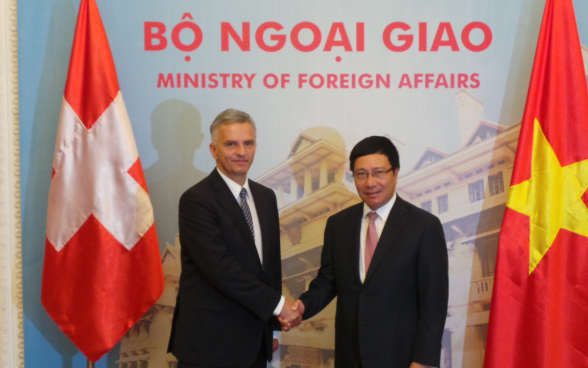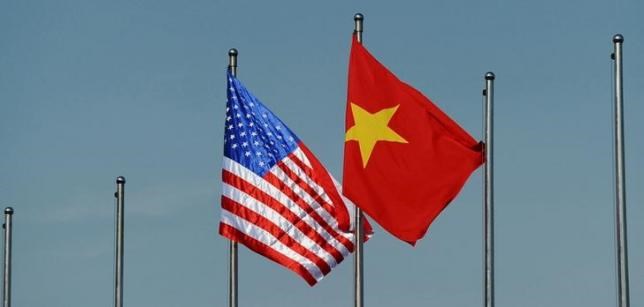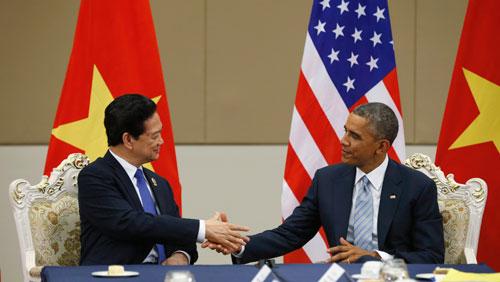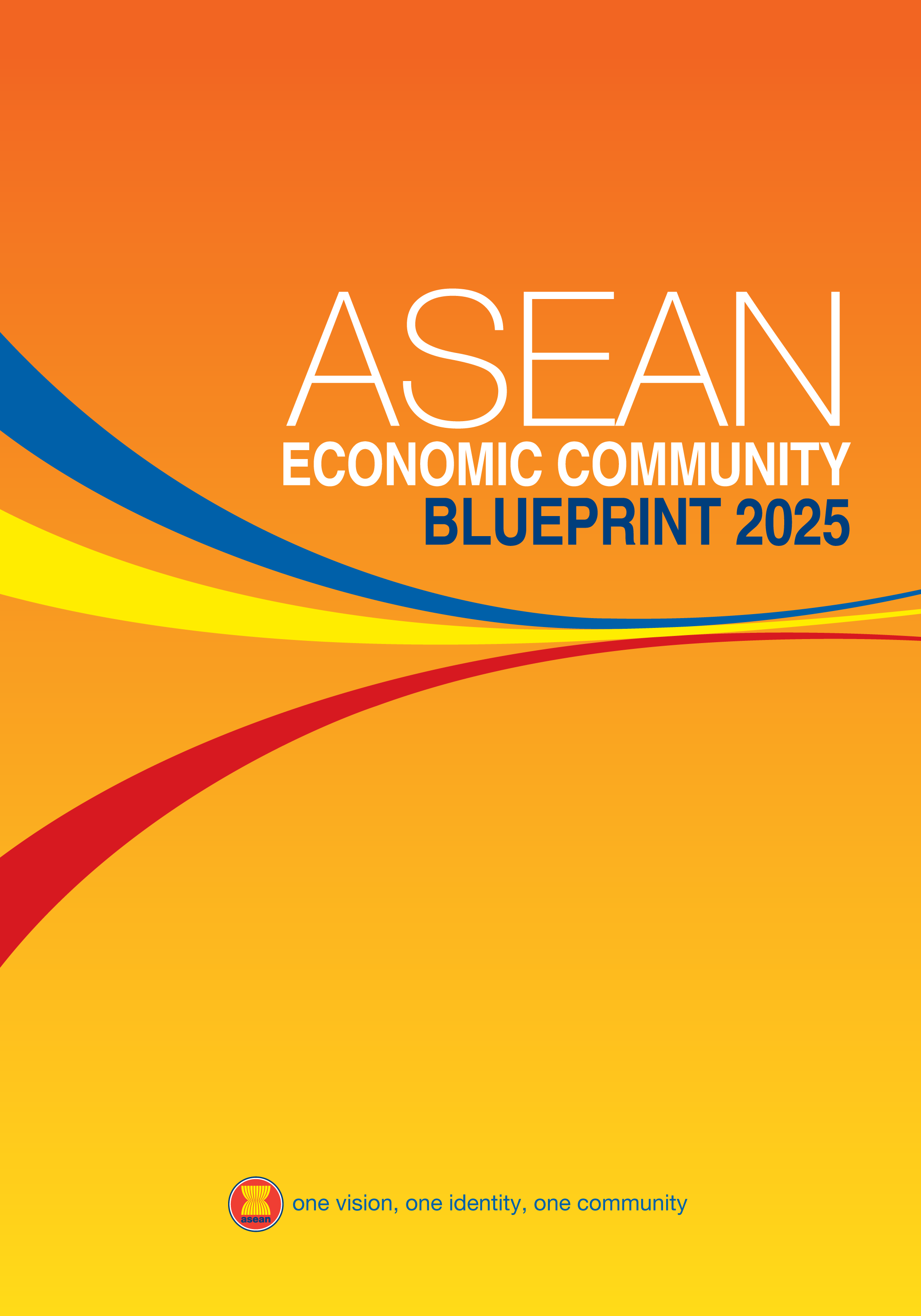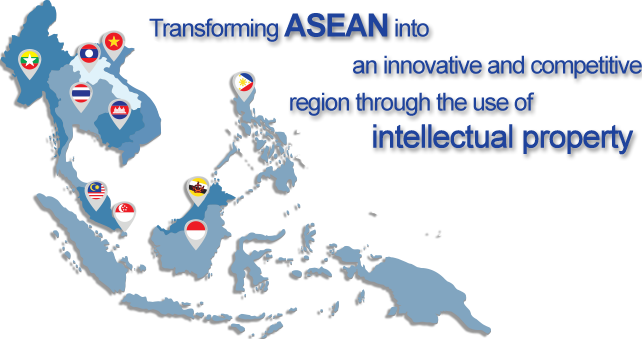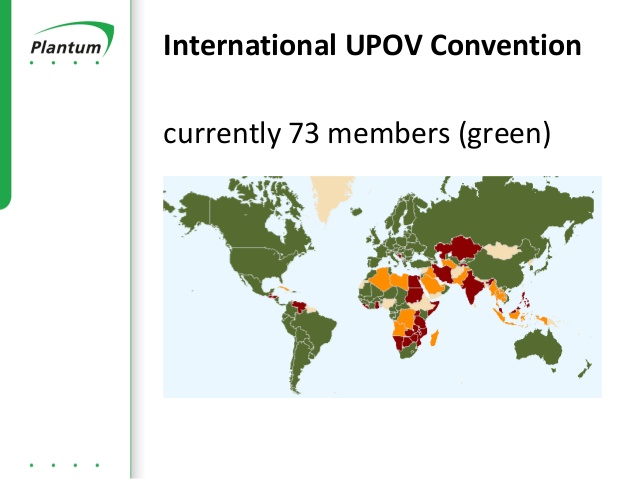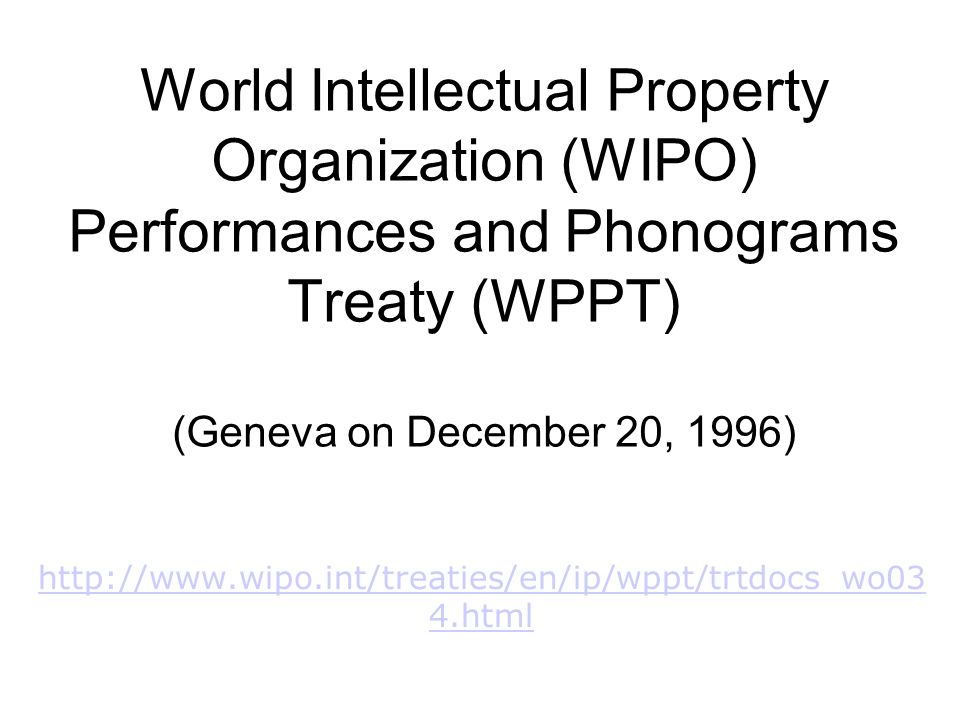Decree No. 103/2006/ND-CP was adopted on September 22, 2006 and came into force on October 21, 2006. The scope of regulation is defined on the first article which recognizes This Decree details and guides the implementation of the provisions of the Law on Intellectual Property on establishment, subject matters and contents of, and limitation on, industrial property right, the assignment of intellectual property rights, the industrial property representation and measures to promote industrial property activities. This decree consists of 7 chapters and 38 articles.
To download the Decree, please click here:




